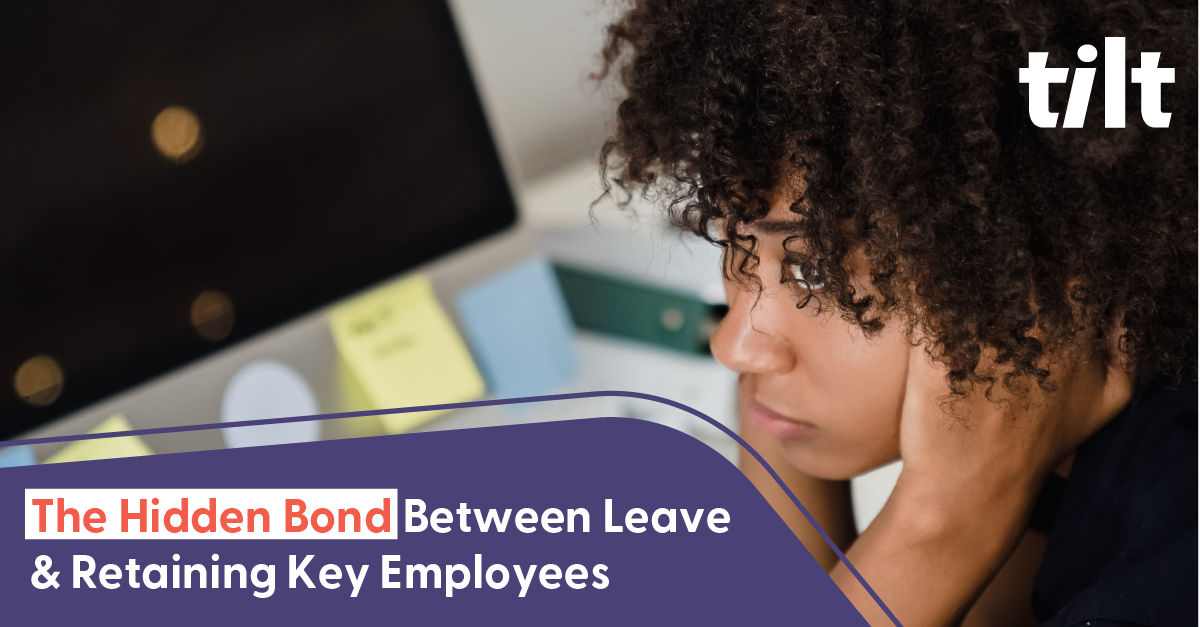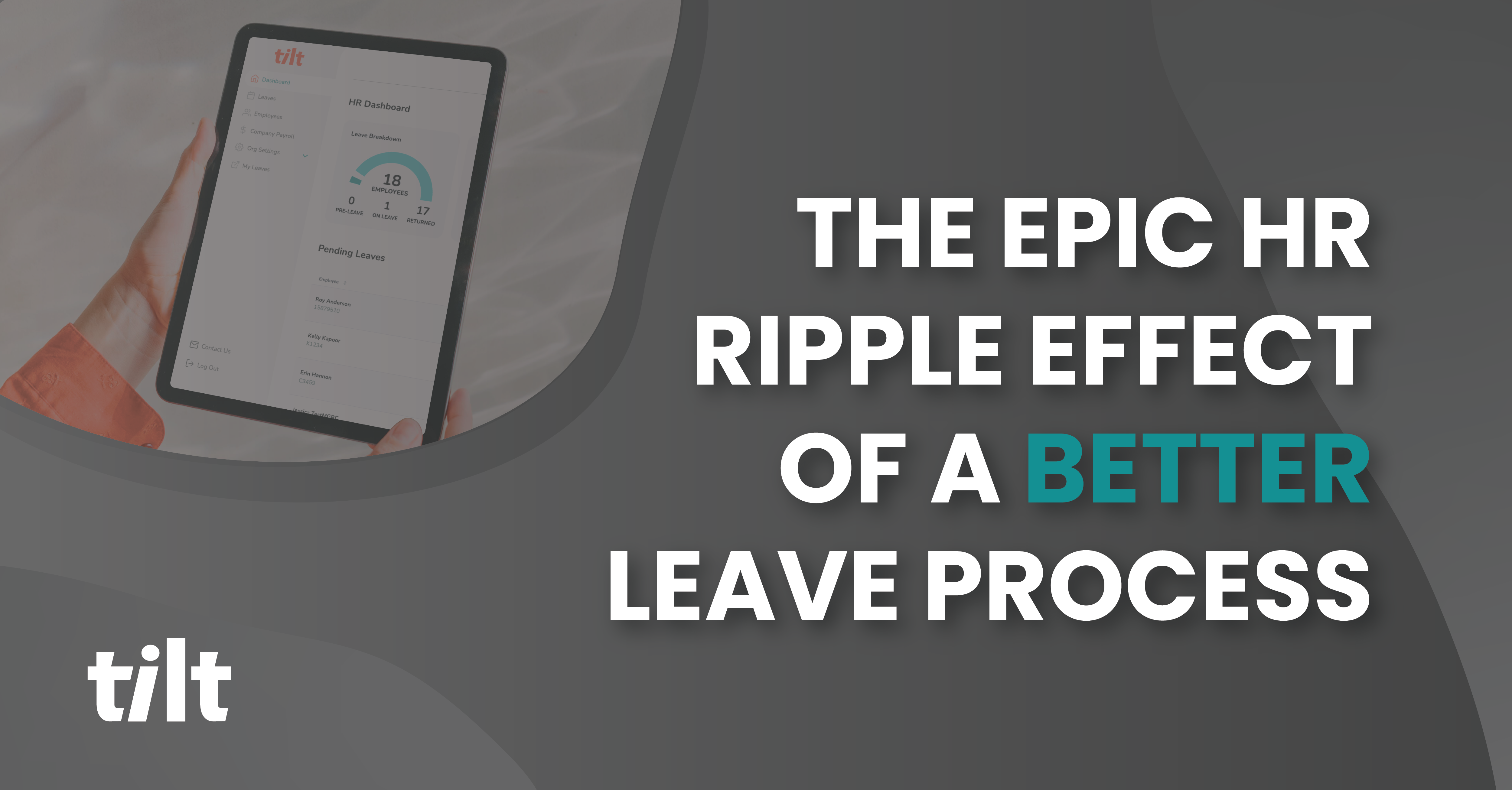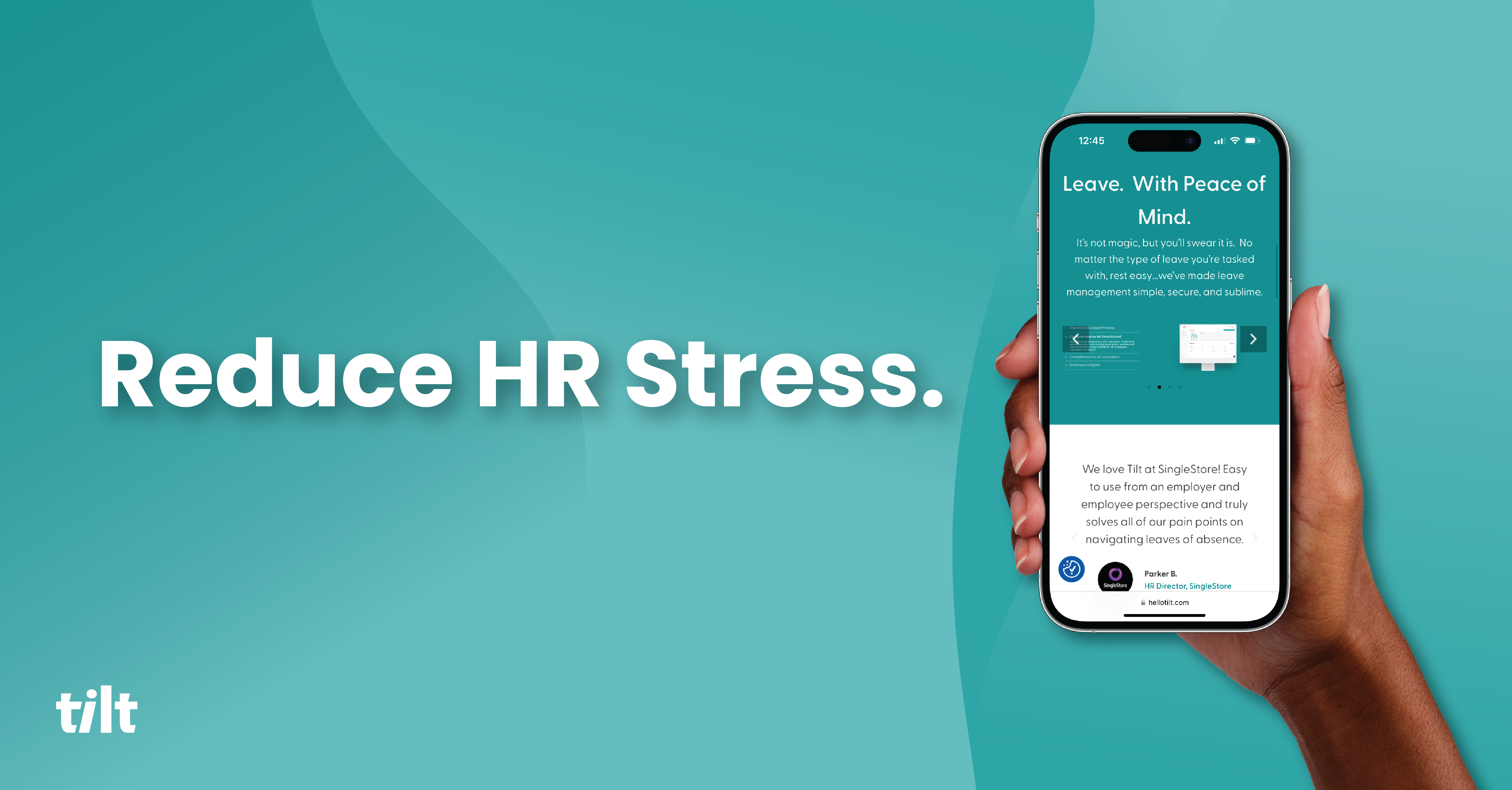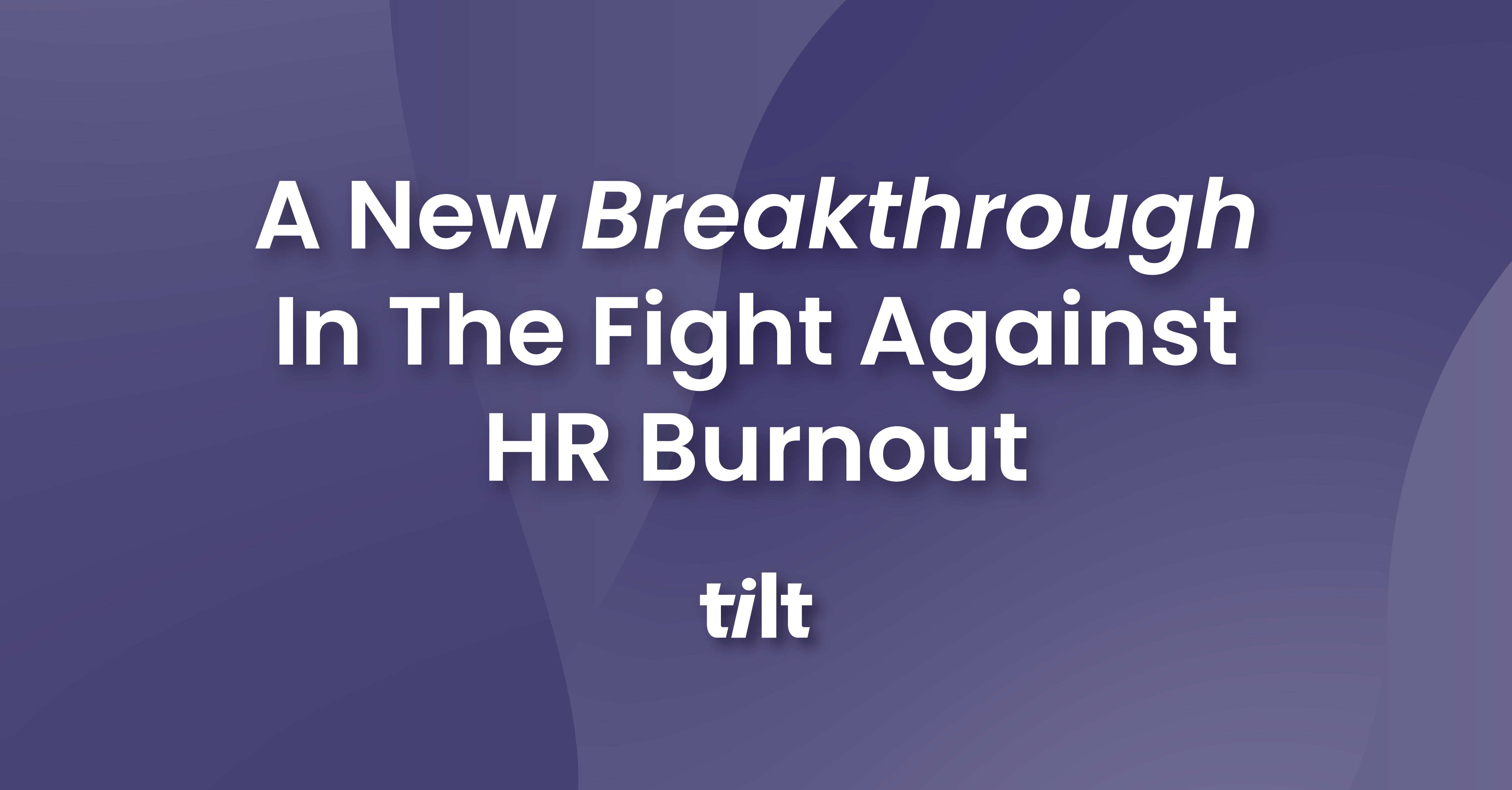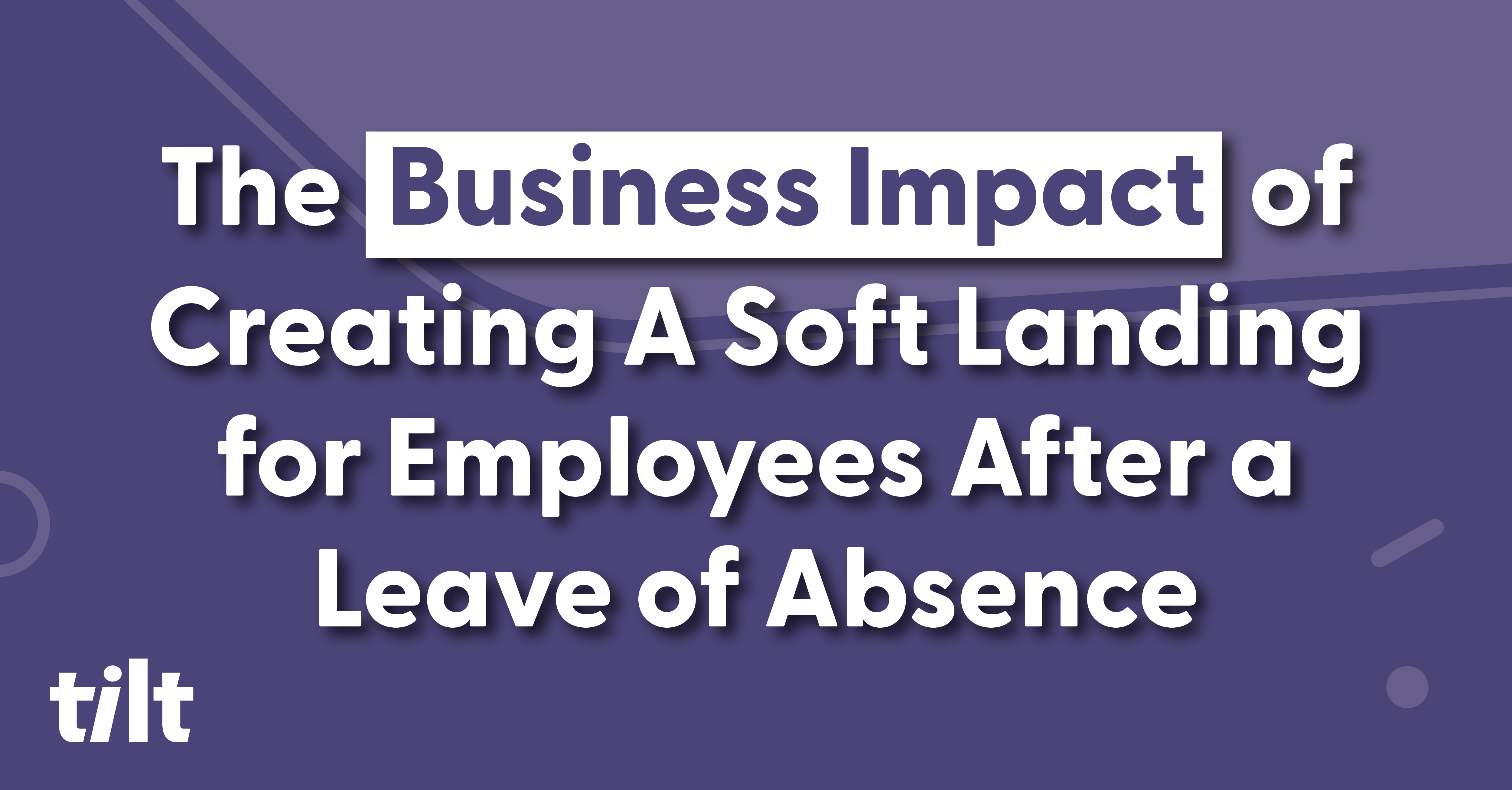Getting leave of absence management right isn’t easy. On top of payroll monitoring, time off tracking and applying for benefits, every employee is different as are their circumstances for requesting a leave. On the flip side, getting LOA management wrong is quite easy. HR Teams have to worry about botched employee pay, losing track of FMLA hours, missing deadlines on form submissions, and managers behaving in a variety of inappropriate ways that can lead to lawsuits.
Poor leave experiences don’t discriminate based on employee performance, they suck no matter who you are or your position within a given organization. This is why consistency in your LOA management process is critical, because if you think you can’t risk the costs and loss of trying to replace a lower-level employee, there could be significant ramifications if a key employee goes on leaves and never comes back.
An opportunity to strengthen the bond
An employee needing to take a leave of absence from work can, and should, be considered a tipping point in their journey with your organization. Proactive People Teams view a leave of absence as more than just a process they need to execute in order to transactionally get their employees out of the office and then back in, but rather a chance to show that when it’s needed most their employer truly supports them.
No demographic within your organization is this more impactful than with your key employees. We can’t stress enough that every employee should feel this support from their employer when needing to take leave, but the bond is extra impactful for your most valuable employees. The impact is felt both by the high-performing employees themselves, and by the organization which capitalizes on the opportunity to do right by the people most important to the business and strengthen that bond.
Who exactly are these "key employees?"
Hiring and team-building decisions are often made outside of HR, so while in theory every employee should be treated as a key employee, we’d be lying to ourselves if we believed every employee within your organization moved the needle of success to the same degree.
A key employee is one that is widely considered to be vital to your organization’s operations. They might be decision-makers who impact overarching business strategies, they might be your top sales performer, or they might physically represent your company in a public-facing role.
If you want a more practical definition of a key employee, a good litmus test is to close your eyes and think of the employees you’d go “oh crap, what the heck would we do?” if they left your organization.
The potential to burn a bridge
It’s the rare high-performer who isn’t aware of their positive impact on an organization. As such, they’re the employee population who are also aware that if they aren’t feeling appreciated they have the most career flexibility to take their talents elsewhere. Long hours. Stressful deadlines. Heavy decisions. The day-to-day pressures of being a high performer is something they live with and are acutely aware of, which is why of all the times their employer needs to have their back is when they need to step away from the high-stress environment they’ve been immersed in at work and take care of life’s biggest moments.
Not doing so can be costly. An employee who’s been sacrificing their time, energy, and heart into the business must feel that effort reciprocated when they’re the ones in need. If a key employee doesn’t feel that the equivalent level of respect is being given to them as they’re giving to the organization, the damage to that employee-employer relationship could be irreparable.
Being human is cool (and can save time and money)
Fully supporting an employee on leave means going beyond the transactional. It means making their journey not only easy as possible, but also as empathetic as possible in their time of need. It means making processes and paperwork straightforward, and human support to answer questions that may pop up. Your best employees are at the ready when your organization is up against it, and they’re expecting the same level of humanity when life causes major disruption, planned (like having a child) or otherwise (like the loss of a family member).
By being human and treating a leave of absence as the most human experience your key people are likely to go through, you’re strengthening those bonds and your shoring those bridges. You’re more than telling your high-performers that they matter, you’re showing it to them when it matters most. Not only does this increase the likelihood of them returning from their leave, but also helps ensure they come back more engaged and connected to the organization.
Leveraging technology can be a massive help for leave of absence efficacy, but without the empathetic component your employees’ experience can be cold and confusing and may have them seeking other opportunities.
This means HR has to spend the time and money looking to backfill that key employee, and the higher their impact within your organization the more expensive that’s going to be. The costs to replace a high-performing employee can range from 100%-213% of that employee’s salary.
Think long-term
Getting LOA management right is about making sure you’re doing right by your employees who are keeping the engine running, and the importance of getting it right only increases the higher up the chain you go.
A positive leave experience starts with making it easy to manage your leaves with empathy and has obvious short-term benefits, namely, less stressed out People Teams and employees who feel informed and supported throughout the leave journey thus minimizing the costs associated with turnover.
Long-term it’s sending a message. A message that your people matter. A message that tells your employees that the hard work and effort they put in every day will be met with compassion when the employee’s life goes sideways and the favor needs to be returned.
About Tilt
Tilt is leading the charge in all things leave of absence management through easy-to-use tech and human touch. Since 2017, our proprietary platform and Empathy Warriors have been helping customers make leave not suck by eliminating administrative burdens, keeping companies compliant, and providing a truly positive and supportive leave of absence experience for their people.

